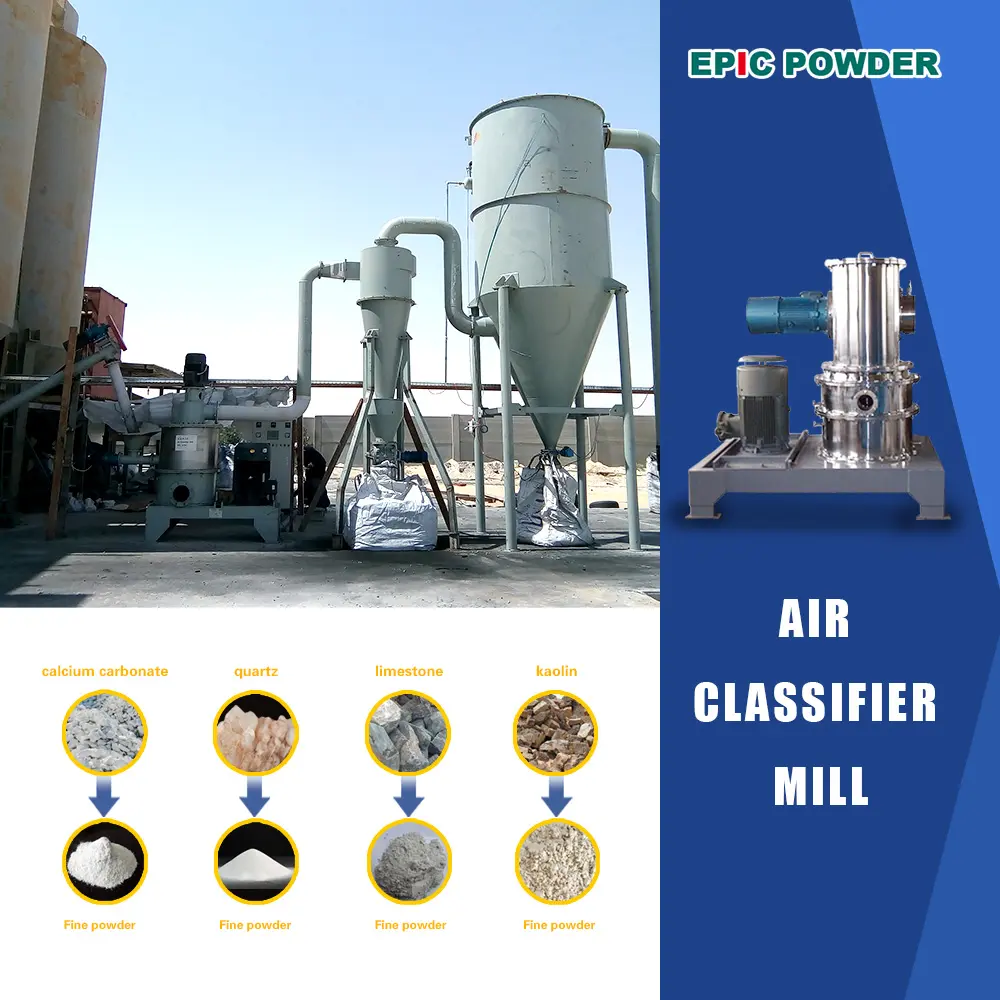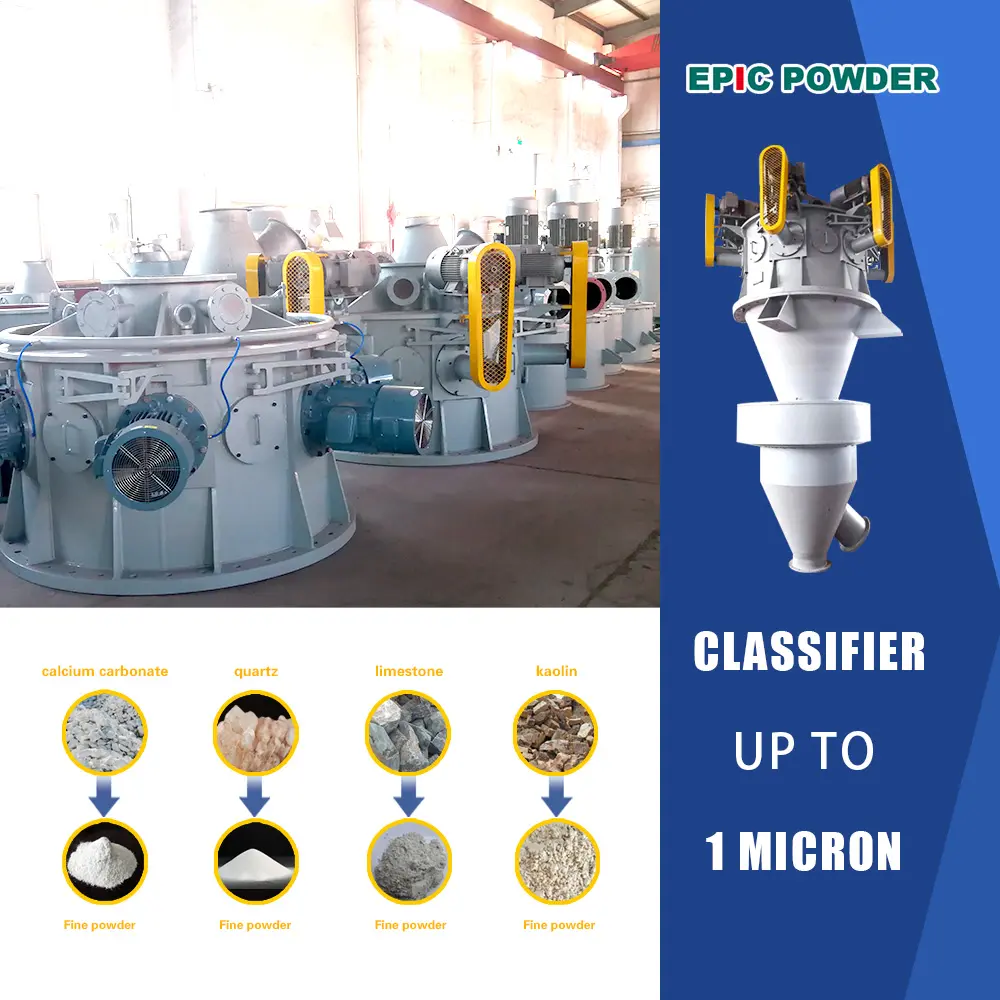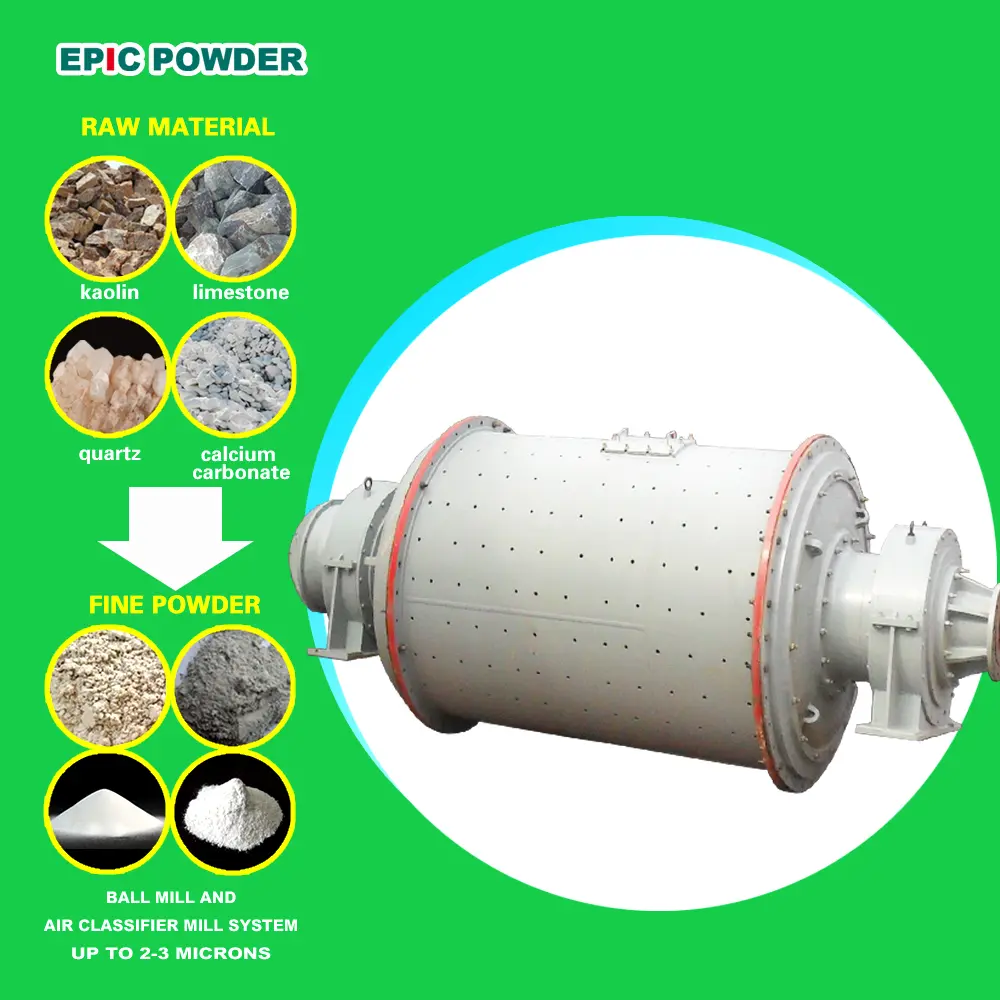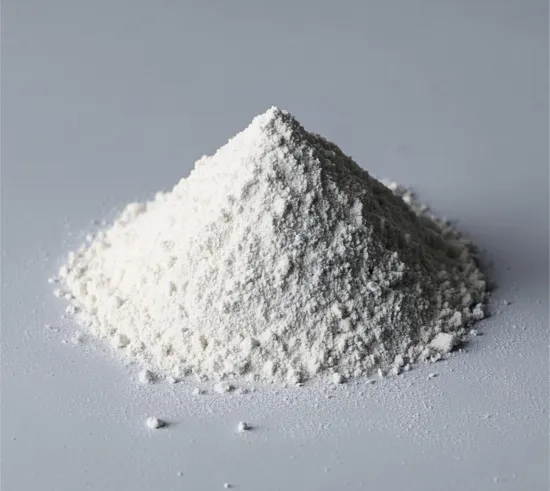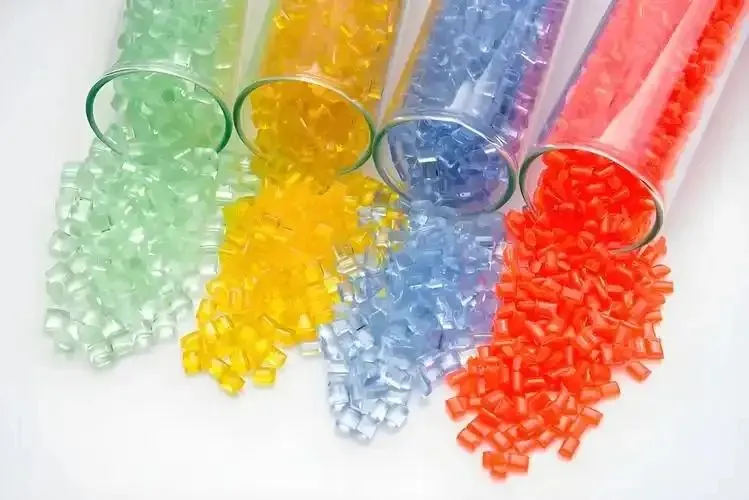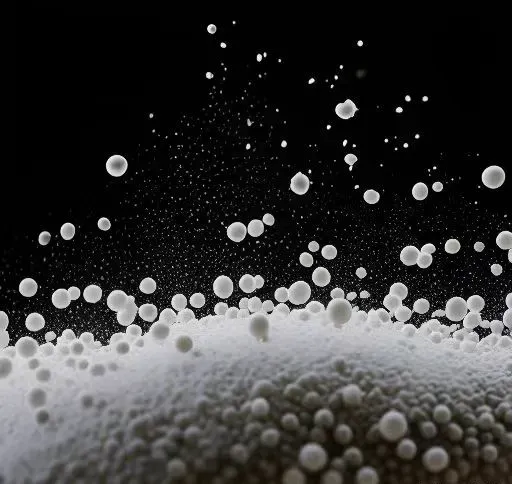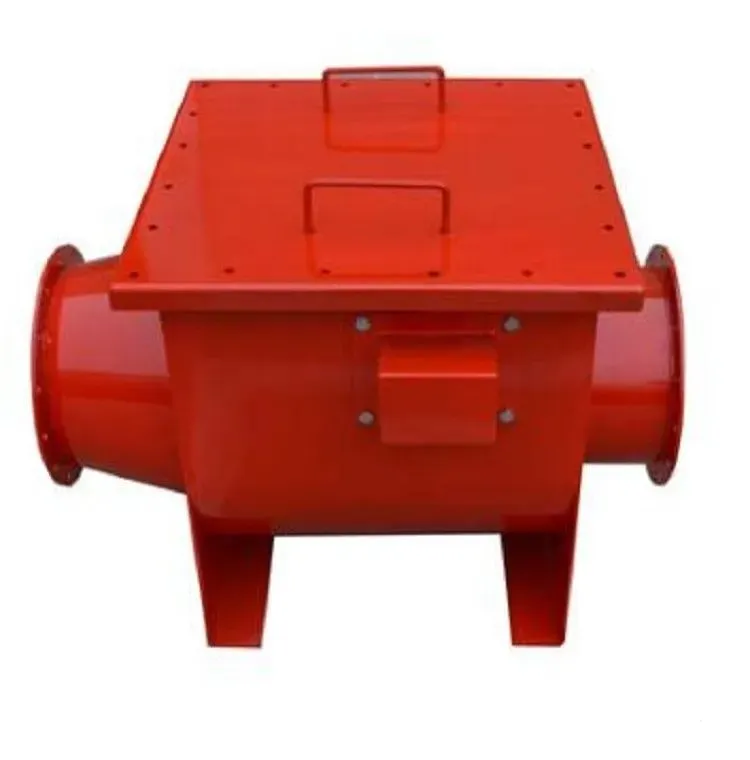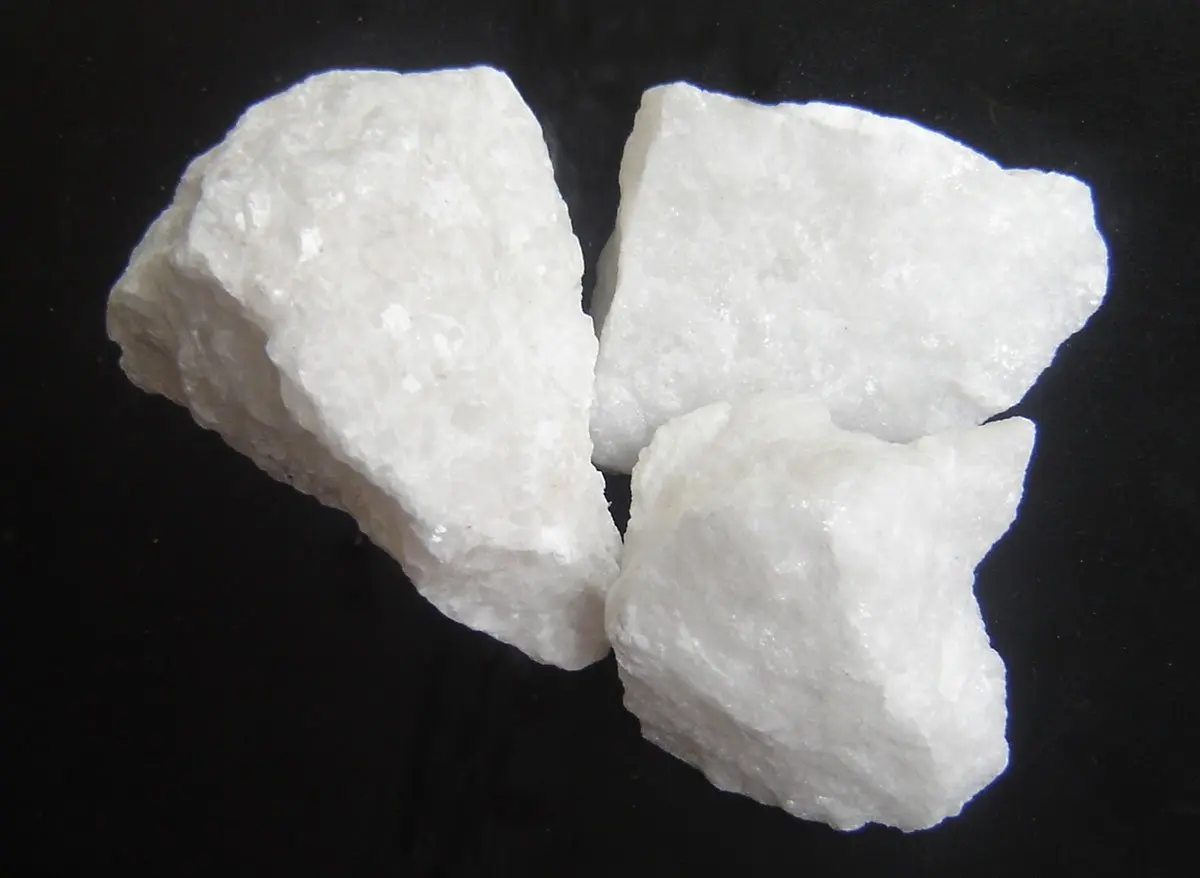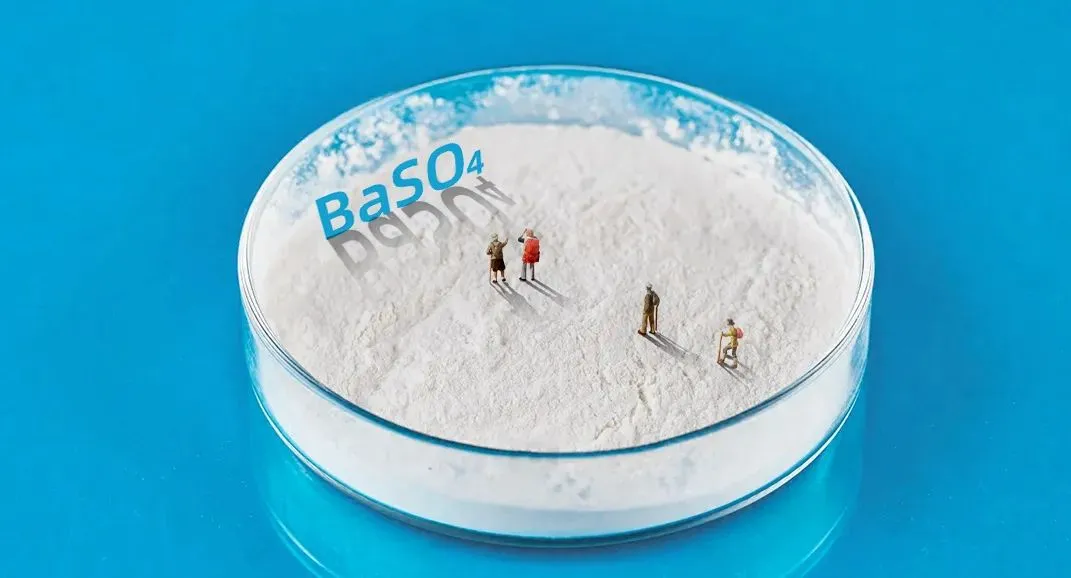In order to improve the uniformity of mixing powders with different physical properties, pre-treatment is a key step.
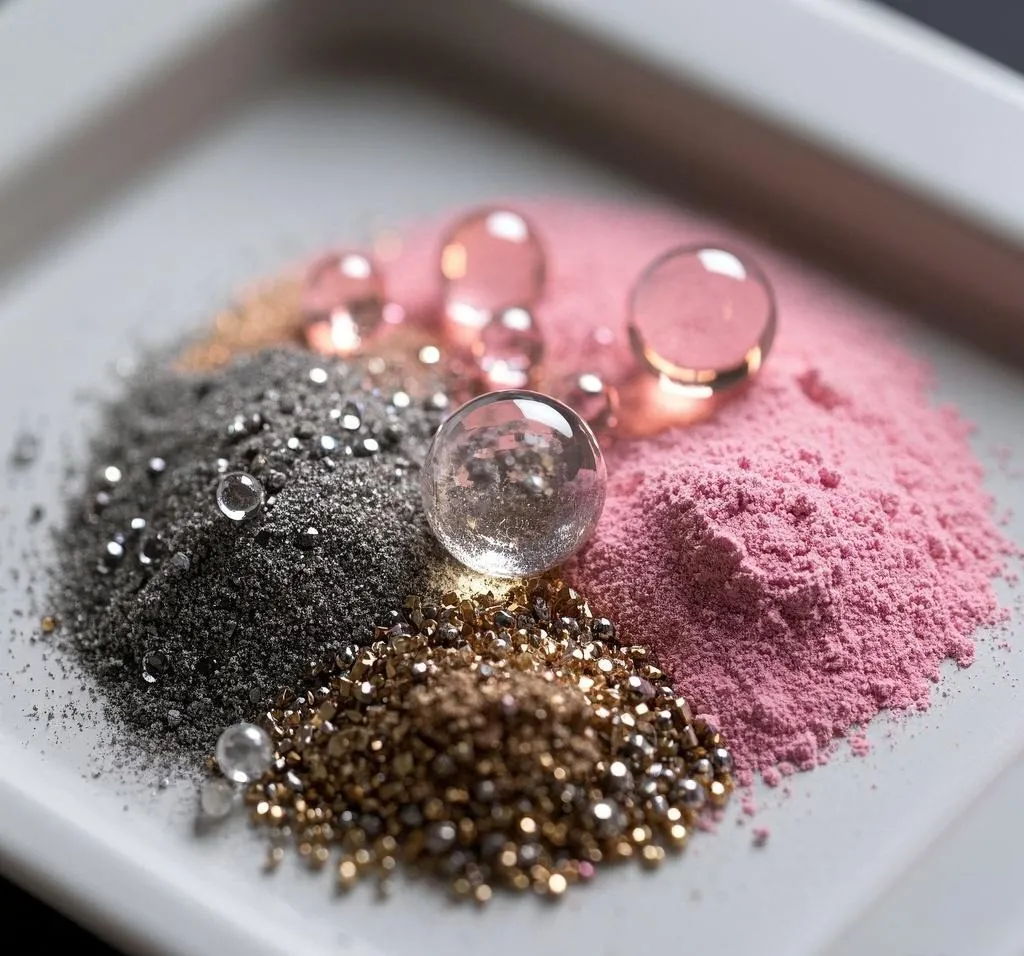
Different particle sizes
Crushing
Principle: Large-particle powder has a small specific surface area, and the contact area with other powders is limited during mixing. Crushing can increase its specific surface area, so that the components can contact more fully during mixing.
Method: Commonly used crushing equipment includes ball mills, air flow mills, etc. Ball mills achieve crushing through the collision and friction between grinding media and materials. Air flow mills use high-speed airflow to cause particles to collide with each other and crush.
Screening
Principle: Ensure that the powder particle size is within the appropriate range. It needs to screen out particles with too large particle size differences. This can reduce uneven mixing caused by uneven particle size.
Method: Select a sieve with a suitable mesh size according to the required particle size. Vibrating screens are commonly used equipment. They vibrate to make the powder pass through the sieve to achieve the purpose of screening.
Large density difference
Granulation
Principle: Powders with low density are easy to float during mixing. After granulation, the density increases, which can improve its motion state in the mixing system and make it evenly mixed with other ingredients.
Method: Common granulation methods include wet granulation and dry granulation. Wet granulation is to mix powder with binder solution to form granules. Dry granulation is to aggregate powder into granules by pressure.
Layered addition
Principle: Layered addition can make powders of different densities gradually form a relatively uniform distribution in the mixing container, and prevent the powder with high density from settling to the bottom quickly due to gravity.
Method: First, put the powder with low density into the mixing container, and then add the powder with high density in multiple times. Mix it slightly after each addition, and then continue to add.
Different fluidity
Adding flow aids
Principle: Flow aids can be adsorbed on the surface of powder particles, reduce friction and adhesion between particles and improve fluidity.
Method: The amount of flow aid added is generally 0.1% – 5% of the weight of the powder. Common flow aids include silicon dioxide, talc, etc., which need to be fully stirred.
Appropriate heating or humidification
Principle: Heating can evaporate the moisture or volatile substances on the surface of powder particles, reduce the adhesion between particles. It can also moderate humidification can form a thin layer of water film on the surface of particles, which plays a lubricating role and improves fluidity.
Method: The heating temperature and humidification amount need to be determined experimentally according to the properties of the powder. Generally, the heating temperature should not be too high to avoid affecting the quality of the powder; humidification can be done by spraying or other methods.
Conclusion
Improving the mixing uniformity of powders with different physical properties is a systematic project. It requires comprehensive consideration from powder pretreatment, optimization of the mixing process to the final quality control. Through scientific pretreatment and precise process control, the mixing effect can be significantly improved and product quality can be ensured.
Welcome to contact Epic-Powder for more information of Air Classifier Mills and Air Jet Mills.
